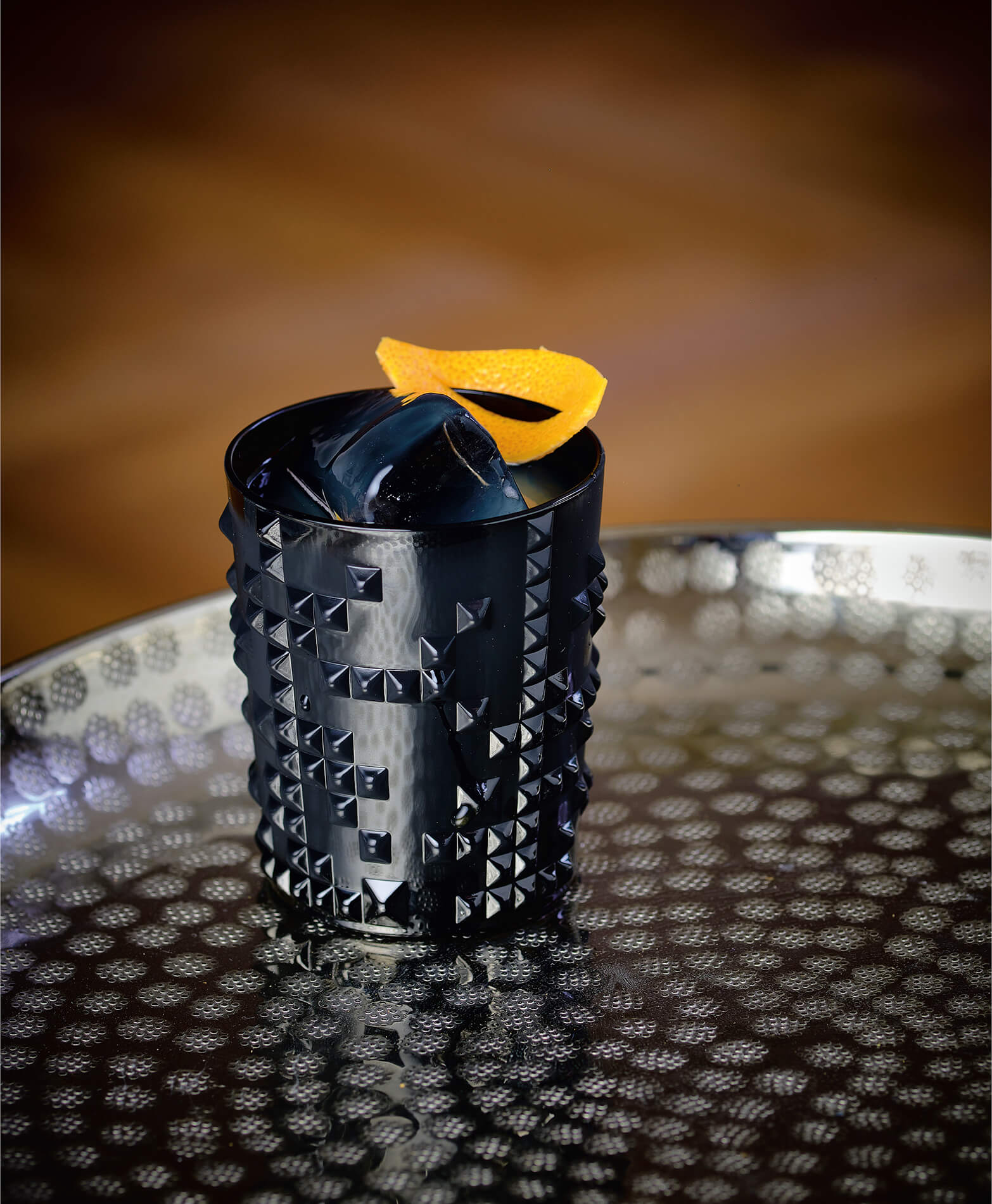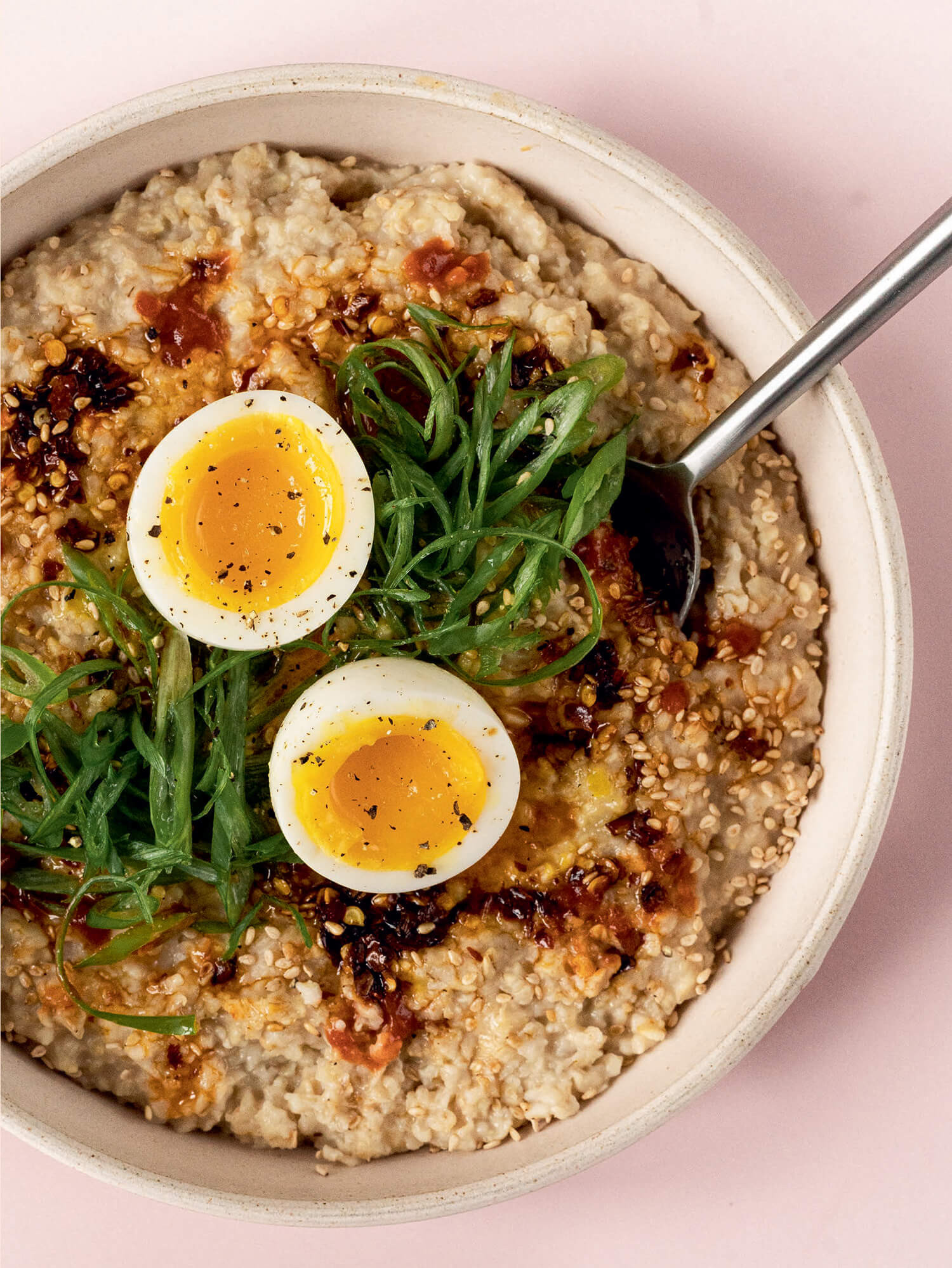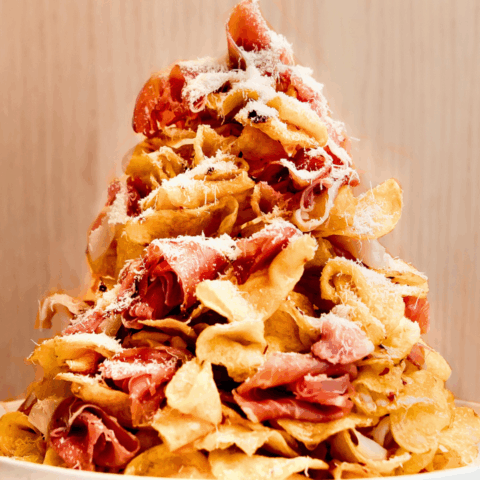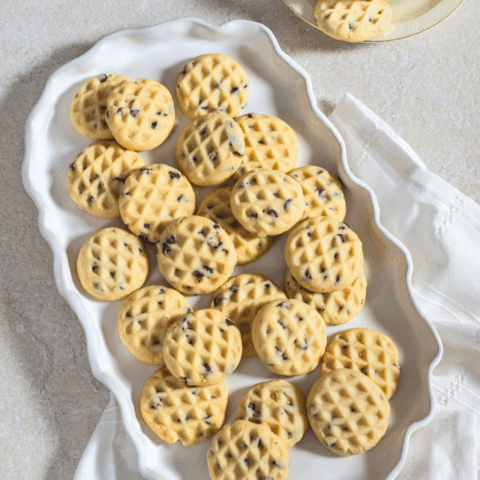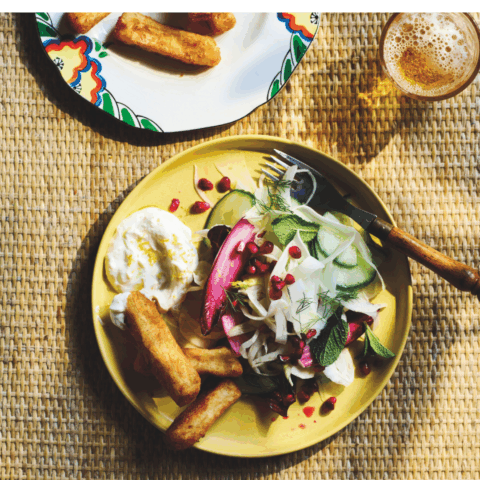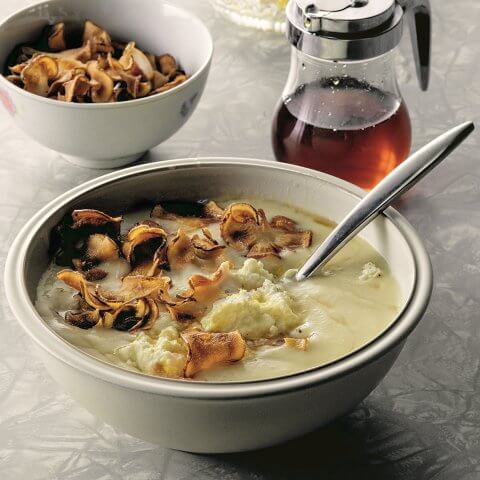Inspired by international flavours the world over, award-winning cocktail artist Lauren Mote and co-author James O. Fraioli have assembled a collection of glamorous drinks for every destination. A Bartender’s Guide to the World reps its share of cities in Lauren’s native Canada – for a taste of Winnipeg or Toronto, pick up our new issue – but the 24 Hours of Darkness draws influence from Reykjavik, a city where ancient mythology mixes with sleek Scandinavian design against world-famous (and volcanic) scenery. As Lauren writes of her wintertime expedition to the almost-Arctic circle,
The sun didn’t come up at all— there was twenty-four hours of darkness. I had been expecting the drinks to be as explosive as the geography, but as it turned out, the philosophy was quite simple: use in-season flavors, celebrate local (a lot of local beers), and enjoy with friends.
As well as beer, celebrating the local in Iceland often looks like a glass of aquavit – a distilled spirit popular in Scandinavia that varies by region in style and taste, often flavoured with dill and spices like caraway and coriander. Lauren uses it in a riff on the Paper Plane (a trendy bourbon cocktail made with lemon juice), instead mixing white vermouth and aquavit with the citrus to create an elegant cocktail that retains a simple philosophy.

24 Hours of Darkness
Ingredients
- ¾ ounce white vermouth
- ¾ ounce Icelandic aquavit (like Brennivín)
- ¾ ounce rhubarb apéritif (like Aperol)
- ¾ ounce fresh grapefruit juice
- 2 dashes grapefruit bitters like Bittered Sling Grapefruit & Hops
- grapefruit twist garnish
Instructions
- To a shaker filled with cubed ice, add the vermouth, aquavit, apéritif, grapefruit juice, lemon juice, and bitters. Using some force, shake hard for 5 seconds. Using a small fine-mesh bar sieve to catch the loose ice chips, double strain into a rocks glass filled with cubed ice.
- For the garnish, use a peeler to remove a nice piece of peel from a washed grapefruit. Cut the sides into a diamond shape. Add a lengthwise slit to the center of the peel, without cutting through to the edges, and rest it on the rim of the glass.


